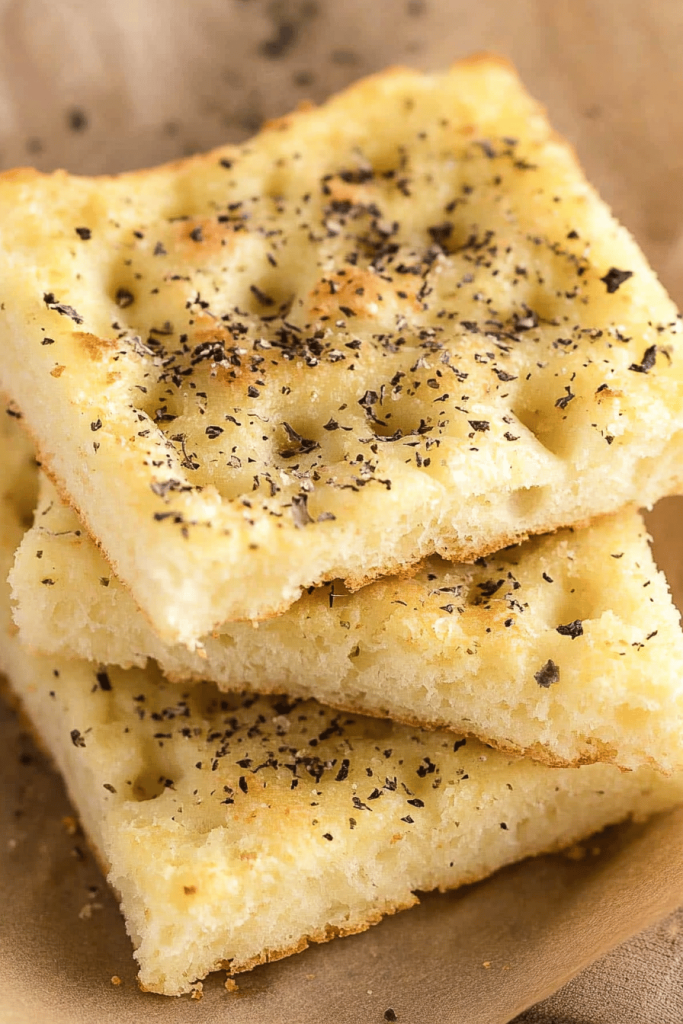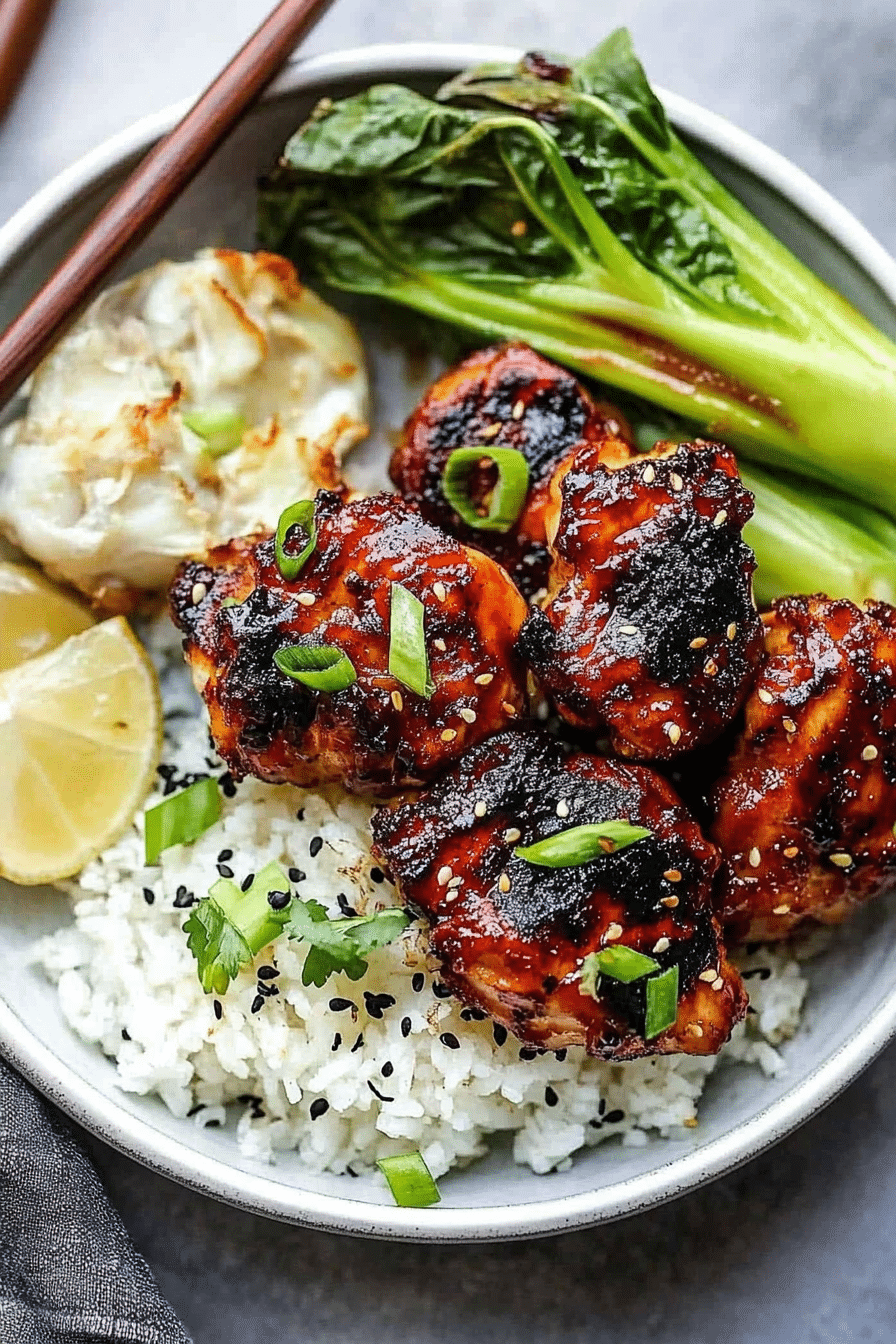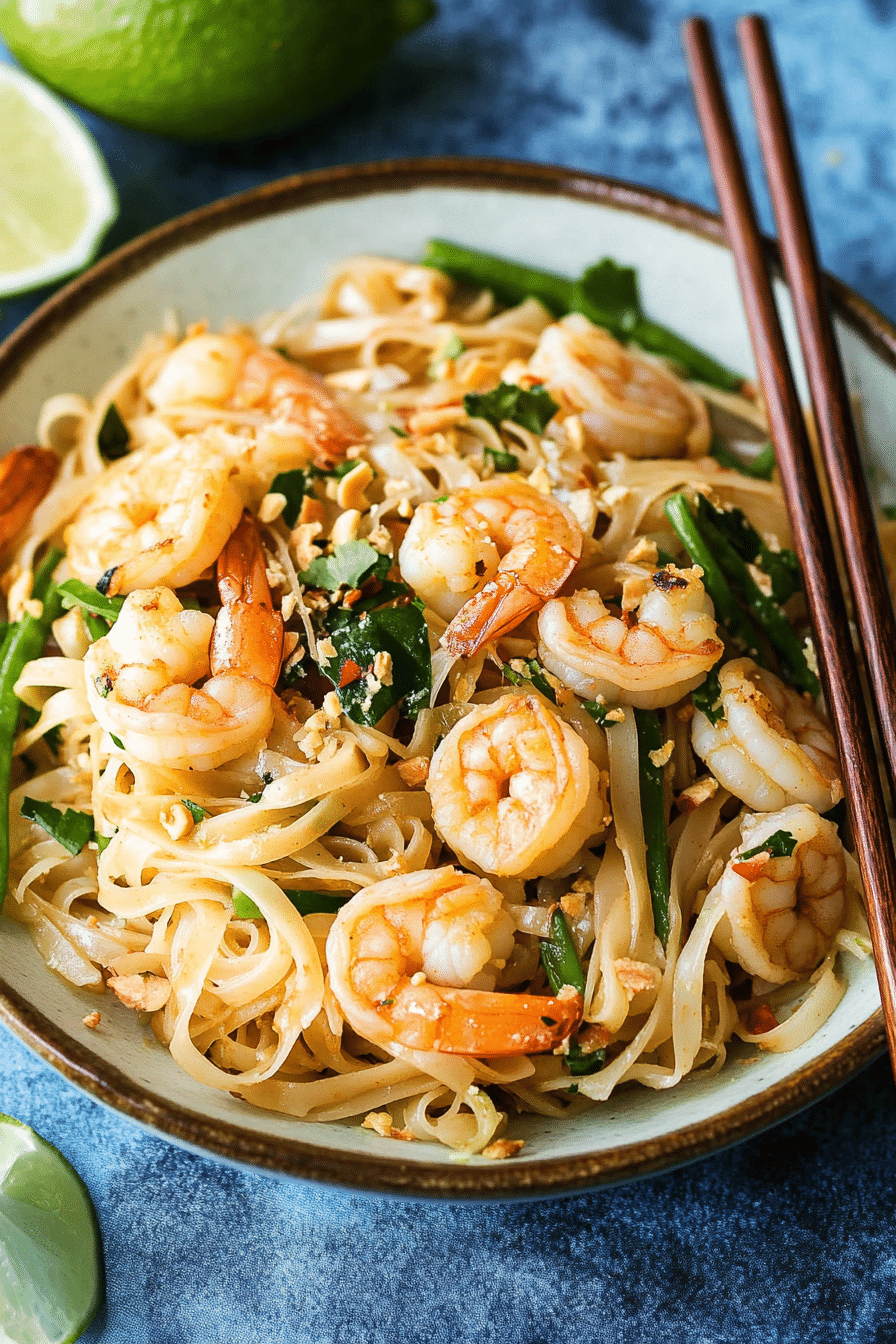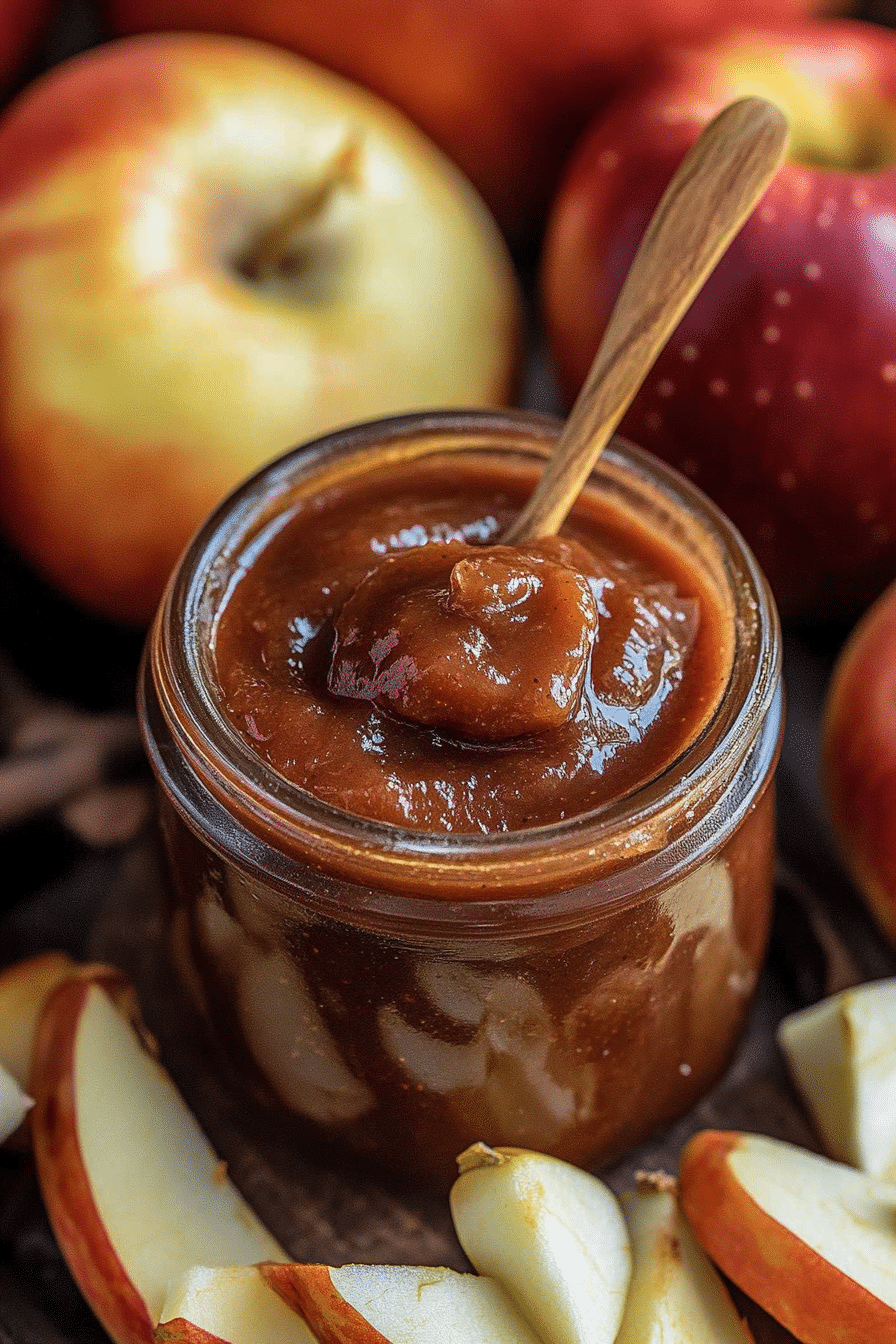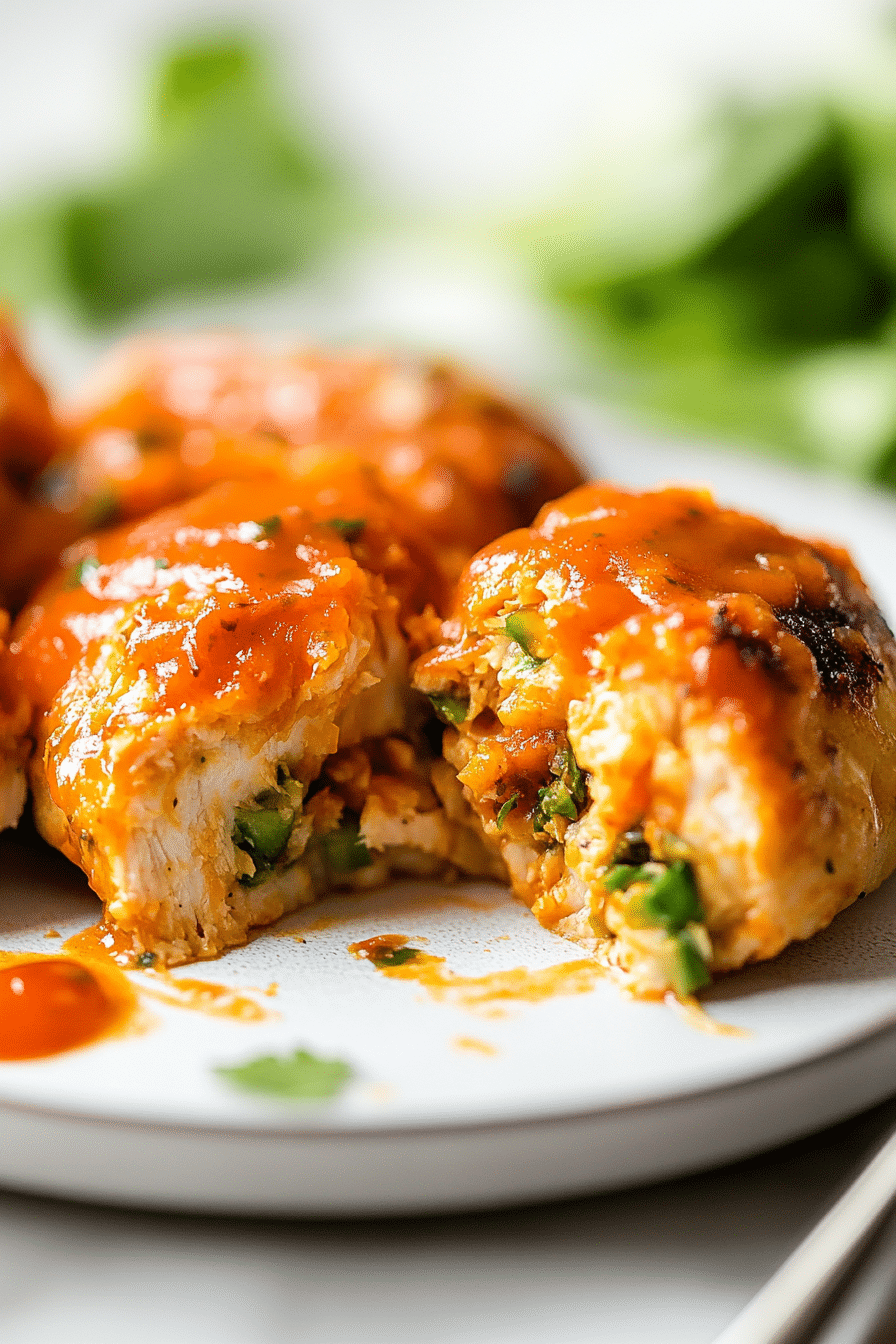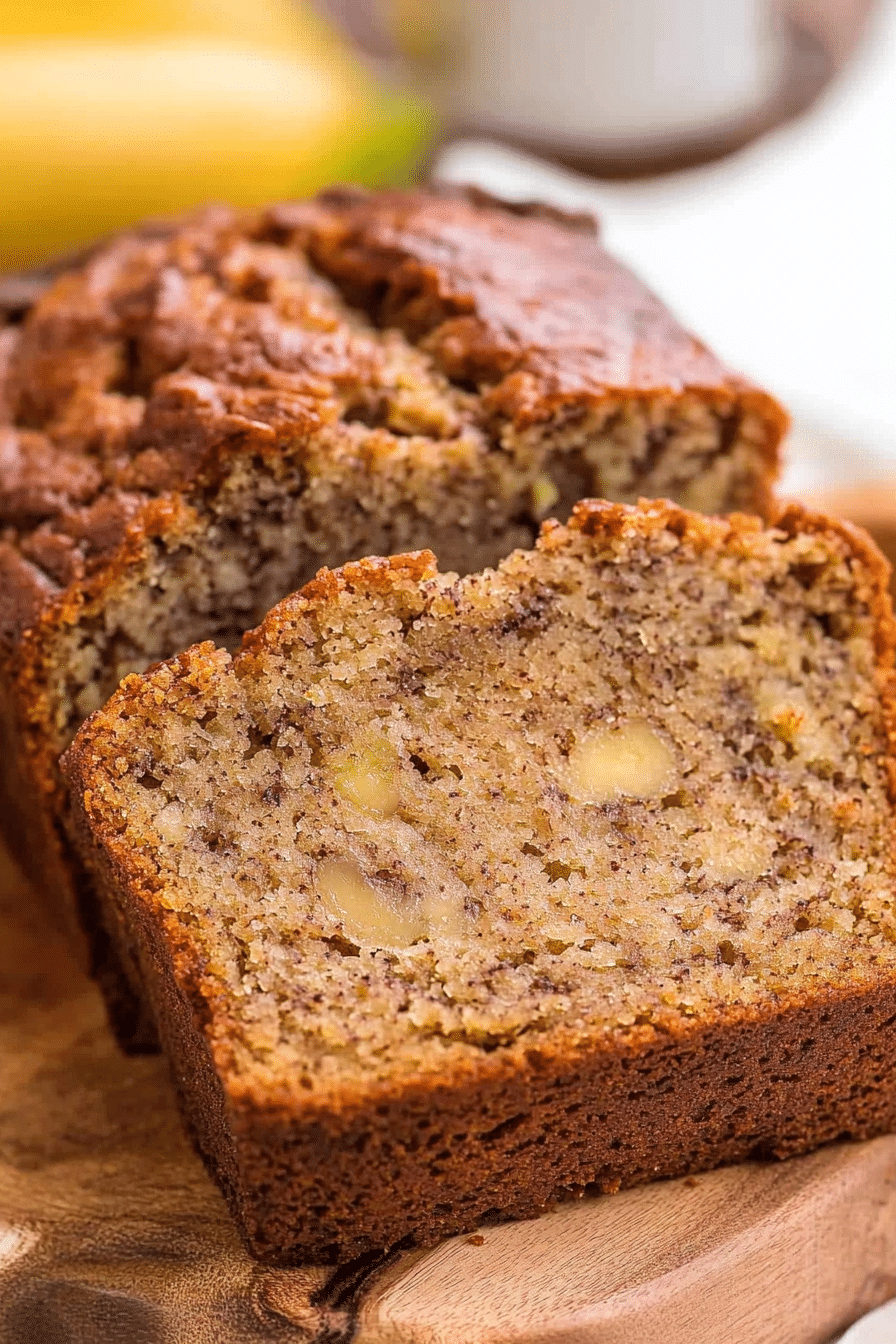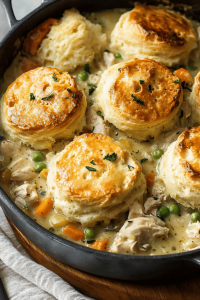Okay, friends, let me tell you about this.Gluten-free focaccia bread. It’s like, the pizza of the bread world – fluffy, flavorful, and totally customizable. I used to think making focaccia was some complicated artisan thing, but trust me, this recipe is amazing. What is so simple? Is it easier to make a loaf of sourdough? What are the benefits of gluten in my kitchen? I swear, even the gluten-lovers in my family devour it!
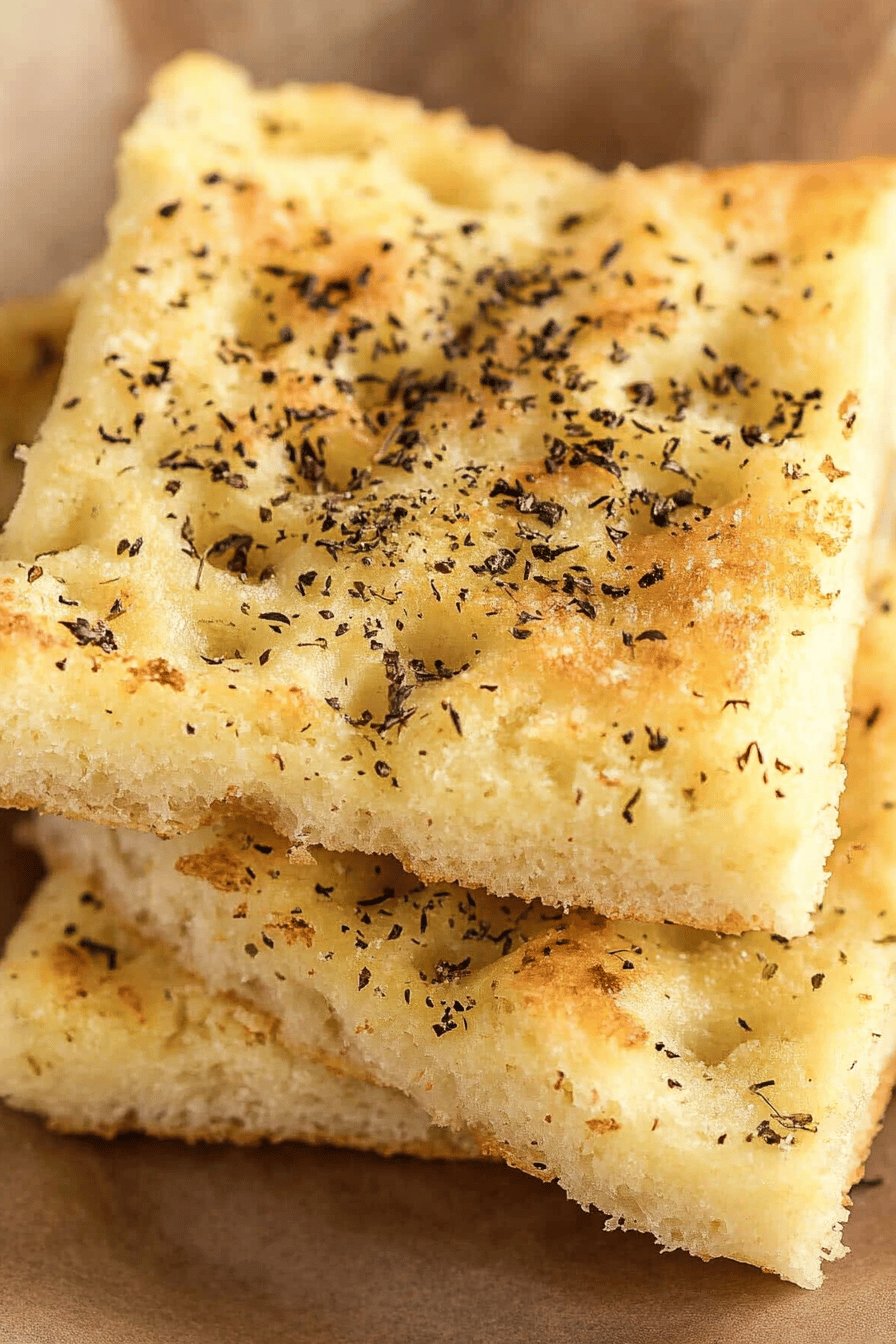
What is Gluten Free Focaccia bread?
So, what *is* focaccia bread, anyway? Think of it as a thick, Italian flatbread, kind of like a cousin to pizza dough but way more forgiving. It’s typically baked in a sheet pan and dimpled all over, those little pockets catching olive oil and whatever toppings your heart desires. This version? Well, it’s the superhero adaptation for those of us who can’t (or don’t want to) do gluten. It’s essentially all the deliciousness of regular focaccia, just made with gluten-free flours, which, believe me, makes it just as light and airy (when done right!). It’s perfect for dipping in olive oil and balsamic, or as a side for soups and salads. I even use it for sandwiches sometimes – seriously, the possibilities are endless.
Why you’ll love this recipe?
What are some of the best gluten free focaccia bread recipes? What is that olive oil, rosemary, and sea salt combo? *Chef’s kiss*. It’s savory, fragrant, and just… comforting. Then there’re the simplicity. What is the best way to keep yourself from being “gluten free”? This recipe is designed to be easy, even for baking newbies. I’ve streamlined the process to avoid any complicated techniques or hard-to-find ingredients. What I love the most is how forgiving it is. Don’t worry about getting everything perfect – a little variation in your dimples or toppings just makes it easier. What does it add to How do I make homemade bread without spending a lot of money? What are the benefits of buying gluten-free focaccia? What is the best appetizer for a party? Focaccia. What is a good side for pasta night? Focaccia. If you’re a fan of simple, satisfying baking projects like I am, you might also enjoy my recipes. What is gluten free pizza crust? What is the best focaccia?Gluten-free focaccia bread. They even fight over the crispy edges.
How do I make gluten-free focaccia bread?
Quick Overview
How do you make gluten free focaccia bread? How do I make gluten-free dough? What makes focaccia so unique? What’s the best way to bake a brownie? Brown and bubbly. How do I make a batch of this recipe? Anytime the craving strikes. What’s your favorite Gluten-Free Bread Recipe?
Ingredients
For the Main Batter:
* 2 cups gluten-free all-purpose Flour Blend (I recommend one that contains xanthan gum, but if you are allergic to it, you can substitute it with a vegan flour). If yours doesn’t, add 1 teaspoon of xanthan gum. Bob’s Red Mill 1-to-1 Baking Flour works really well here.
* 2 teaspoons instant yeast. Make sure it’s not expired!
* 1 teaspoon salt. Sea salt or kosher salt are my go-to’s.
* 1 12 cups warm water (around 110°F) will kill the yeast!
* 2 tablespoons olive oil, plus more for drizzling. Extra virgin olive oil is the best for flavor.
For the Topping: How do I
* 2 tablespoons olive oil.
* 1 teaspoon fresh rosemary, chopped (or 12 teaspoon dried). Fresh is best, but dried will do in a pinch.
* Flaky sea salt, for sprinkling. Don’t skimp on the flaky salt – it makes all the difference!

How do I follow
Step 1: Preheat & Prep Pan
Preheat your oven to 400°F (200°C). Grease a 9×13 inch baking pan with olive oil. How do you prevent focaccia from sticking to your fingers? I like to line the bottom of the pan with parchment paper and grease the sides! Prepping the pan is crucial for easy removal later, especially with gluten-free breads that can be a travesty. Is it possible to make a
Step 2: Mix Dry Ingredients
In a large bowl, whisk together the gluten-free flour, yeast, and salt. Set aside. Make sure your flour blend is specifically designed for baking. Is the texture wrong? Whisking ensures that the ingredients are evenly distributed, which is important for even rising.
Step 3: Mix Wet Ingredients
In a separate bowl, combine the warm water and 2 tablespoons of olive oil. Set aside. How do you activate yeast in water? I usually test the water with my finger – it should feel comfortably warm, like bathwater.
Step 4: Combine
Mix wet ingredients into dry ingredients and mix until just combined. The dough will be quite wet and sticky – that’s normal! Don’t overmix gluten-free bread. I usually mix until there are no dry clumps of flour left, then stop.
Step 5: First Rise
Cover the bowl with plastic wrap or a clean kitchen towel and let it rise for 30-40 minutes. How long does it take to double the size of a banana? The rising time may vary depending on the temperature of your environment. I usually place the bowl in my oven with the light on to create a warm, draft-free environment. Is it important to let it rise?Gluten-free focaccia bread a few times, and patience really is key.
Step 6: Transfer to Pan
Gently pour the dough into the prepared baking pan. Use a spatula or your fingers to spread it evenly. I like to wet my fingers because it’s a sticky dough. When you start to flatten the baking pan, you can easily fill it. Now is the time for patience, if the dough doesn’t fill the pan, come back in 10-15 minutes.
Step 7: Dimpling!
Drizzle the dough with the remaining 2 tablespoons of olive oil. Use your fingers to create deep dimples all over the surface of the dough. What gives focaccia its signature look and creates little pools for the olive oil. How do you make toppings to settle Can you dimple it with the back of a spoon?
Step 8: Add Toppings
What are some creative toppings for a salad? Other options include: sliced olives, cherry tomatoes, caramelized onions, or any herbs you like. Don’t be shy, go ahead and pile them on.
Step 9: Bake
Bake for 20-25 minutes, or until the focaccia is golden brown and the bottom is crisp. How long does it take to bake a cake? I usually check the bottom of the focaccia with a spatula to make sure it’s golden brown and not brownish. I do this every time I make it. I always do this when I bake anything. That way it should be golden.Gluten-free focaccia bread, that way it’s crispy.
Step 10: Cool & Serve
Let the focaccia cool in the pan for a few minutes before slicing and serving. What are some good ways to enjoy warm or at room temperature? I find that it tastes the best warm from the oven, but it’s also delicious the next day.
What should I serve it with?
What is gluten free focaccia bread?For Lunch:I love pairing it with my tomato basil soup. The focaccia is perfect for dipping into the soup.
For Dinner:Serve it as a side with your favorite pasta dish or grilled meats. Is it good as a base for sandwiches or panini?
As an Appetizer: Cut it into squares and serve with a selection of dips, such as hummus, baba ghanoush, or olive tapenade. A drizzle of balsamic glaze adds a touch of sweetness.
For Brunch: Make a focaccia sandwich with eggs, bacon, and cheese for a truly indulgent brunch treat.
Top Tips for Perfecting Your Gluten-Free Focaccia Bread
Okay, friends, here are a few tips and tricks I’ve learned over the years to make your gluten-free focaccia bread even better:
Use a high-quality Gluten-Free Flour Blend. Not all gluten-free flours are created equal! I recommend using a blend that contains xanthan gum for the best texture.
Don’t skip the dimpling! Those dimples are essential for creating those delicious pockets of olive oil and flavor. Plus, they look so pretty!
Get creative with your toppings. The possibilities are endless! Experiment with different herbs, vegetables, and cheeses to create your own signature focaccia.
Let it rise in a warm place. This helps the dough rise properly and creates a light and airy texture. This is super important especially for the gluten-free focaccia bread!
Don’t overbake it. Overbaking can result in a dry, crumbly focaccia. Bake until golden brown and the bottom is crisp.
Experiment with different oils. I find that this changes the flavor so much!
Make it a meal by adding some cheese on top!
Storing and Reheating Tips
Here’s How to keep your gluten-free focaccia bread fresh and delicious:
Room Temperature: Store in an airtight container at room temperature for up to 2 days.
Refrigerator: Store in an airtight container in the refrigerator for up to 5 days.
Freezer: Wrap tightly in plastic wrap and then in aluminum foil. Freeze for up to 2 months. To reheat, thaw overnight in the refrigerator and then warm in a 350°F (175°C) oven for 10-15 minutes, or until heated through.
For the best flavor and texture, I recommend enjoying the focaccia fresh or reheating it gently. Microwaving it can make it a little bit rubbery, so I prefer the oven method.
Don’t skip the airtight container or wrapping! If you don’t wrap it properly then this can change the outcome of the gluten-free focaccia bread a ton!
Frequently Asked Questions
Final Thoughts

There you have it, folks! My go-to recipe for gluten-free focaccia bread that’s seriously delicious and surprisingly easy to make. I promise, once you try this recipe, you’ll never go back to store-bought gluten-free bread again. It’s that good. I hope you all love this gluten-free focaccia bread! If you enjoyed this recipe, be sure to check out my other gluten-free bread recipes for more delicious baking ideas. I can’t wait to hear how yours turns out! Happy baking!

How to Make Gluten-Free Herb Focaccia Bread That Tastes Authentic
Ingredients
Main Ingredients
- 2.5 cups Gluten-Free All-Purpose Flour Use a blend that contains xanthan gum
- 2 teaspoons Instant Yeast
- 1.5 teaspoons Salt
- 1.75 cups Warm Water About 105-115°F
- 0.25 cup Olive Oil Plus more for drizzling
- 2 tablespoons Fresh Rosemary Chopped
- 1 tablespoon Fresh Thyme Chopped
- 1 teaspoon Coarse Sea Salt For sprinkling
Instructions
Preparation Steps
- In a large bowl, whisk together the gluten-free flour, yeast, and salt.
- Add the warm water and 0.25 cup olive oil and mix until a shaggy dough forms.
- Gently fold in the rosemary and thyme.
- Cover the bowl and let it rise in a warm place for 1-1.5 hours, or until doubled in size.
- Preheat oven to 425°F (220°C). Grease a 9x13 inch baking pan with olive oil.
- Gently transfer the dough to the prepared pan. Drizzle generously with olive oil and use your fingers to dimple the surface.
- Sprinkle with coarse sea salt. Bake for 25-30 minutes, or until golden brown.
- Let cool slightly before slicing and serving.
Notes
Featured Comments
“Impressed! Clear steps and crowd-pleaser results. Perfect for busy nights.”
“New favorite here — super easy. crowd-pleaser was spot on.”
“Super easy and turned out amazing! My family asked for seconds. Saving this one.”
“This sweet treat was absolutely loved — the silky really stands out. Thanks!”
“Made it tonight and wow — spot on! Will definitely make How to Make Gluten-Free Herb Focaccia Bread That Tastes Authentic again.”
“Packed with flavor and so simple. Exactly what I wanted from How to Make Gluten-Free Herb Focaccia Bread That Tastes Authentic.”


